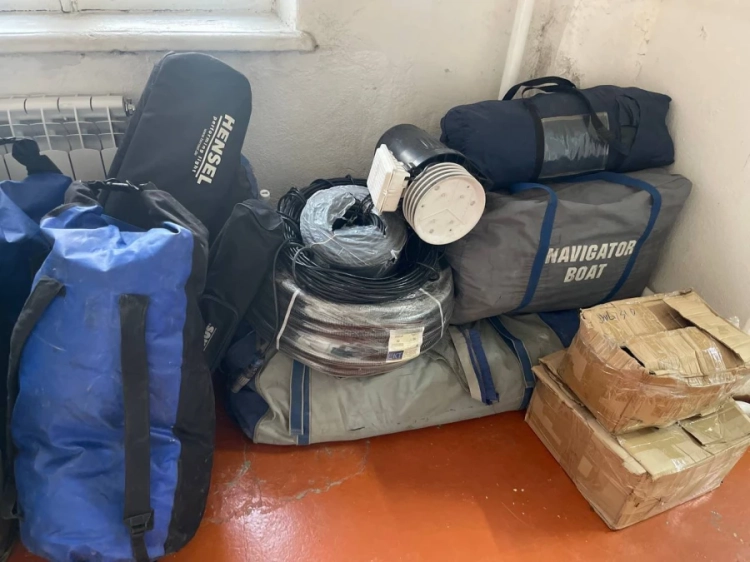
The most important procedure after you arrive at the hunting grounds and take your rifle out of its case will be sighting in the weapon. First and foremost, it is necessary to ensure that everything is functioning properly with your firearm and optics (it may have been dropped). The ideal situation is when you can hit the target just as easily as you do at home at distances of 100, 300, and 500 meters. Typically, only minor adjustments to the optics need to be made for actual conditions. It is known that in the mountains, the sound of a shot is quite different from that on the plains, as a prolonged echo often bounces off the nearest mountains, which can distract the shooter from taking a second or third shot at a wounded animal. You need to be prepared for this and get used to it during the sighting process.
The speed of the bullet in high-altitude areas is generally 20-50 meters higher than on the plains, due to the reduced oxygen levels. It is also important to practice shooting both downhill and uphill, up to angles of 45 degrees. This angle is often the only opportunity to take down an animal because the Ibex or Marco Polo sheep will be above you and can easily see any movements of your group, as if it were in the palm of their hand.
Typically, no more than 20 cartridges are used for sighting in, provided that your rifle has been well-tested with the existing optics. All cartridges should be from the same batch to eliminate factory variation in powder charge from batch to batch. This is especially common with cartridges manufactured in the former USSR.
During the sighting process, all optical devices are tested. Binoculars, rangefinders, and optical sights. Shooting should be conducted from prone and kneeling positions; standing shots are rarely necessary. For reliability, it is better not to take risks and shoot from a comfortable position.
Text: Administration of the Extreme Travel Company














































